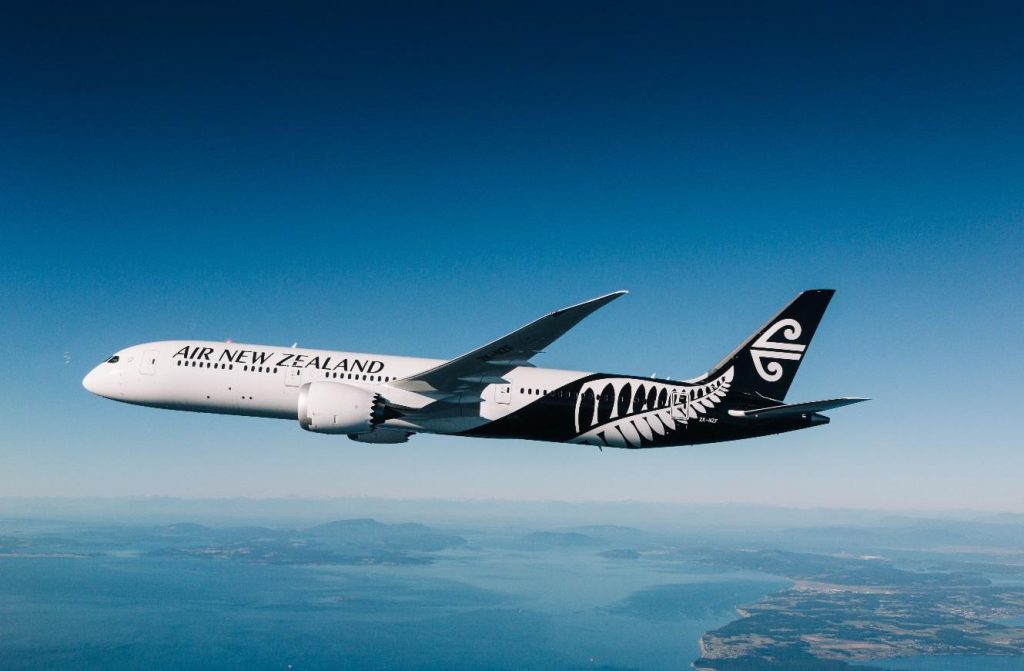Air New Zealand published new 2030 emissions guidance, a year after removing its 2030 targets – which it had said were no longer achievable – and withdrawing from the Science Based Targets initiative.
Under its new guidance, Air New Zealand said that it expects to reduce its “well-to-wake” net greenhouse gas (GHG) emissions by 20% to 25% per cent by 2030, on a 2019 net emissions basis. Well-to-wake emissions encompass emissions from the jet fuel the airline uses, covering the entire life cycle emissions of the jet fuel. Inn 2024, Air New Zealand said that well to wake emissions counted for 92% of its GHG footprint.
The airline’s prior SBTi-approved target, initially set in 2022, aimed for a 28.9% reduction in carbon intensity by 2030, from a 2019 baseline, of the associated with the well to wake emissions. Key focus areas targeted by the company to reach its climate goals included increasing the use of sustainable aviation fuel (SAF), fleet renewal, the adoption of zero emissions aircraft technologies, implementing operational carbon efficiencies, and utilizing carbon removals.
In July 2024, however, the company announced that it was retiring its 2030 goal, as many of the levers needed to reach its target had not sufficiently advanced, including the availability of new aircraft for its fleet renewal initiatives, and the affordability and availability of SAF, as well as regulatory and policy support.
Scaling the use of sustainable aviation fuel remains a key lever in achieving the new guidance, with Air New Zealand saying that the guidance relies on meeting a target of 10% SAF as a percentage of total fuel in 2030. The airline only used 0.4% SAF last year, but said that it anticipates increasing this significantly to 1.6% this year.
Air New Zealand has retained its 2050 net zero carbon emissions target, and the company said that it plans to update its “Transition Plan to 2050” later this year.
In a post announcing the new guidance, Air New Zealand Chief Sustainability and Corporate Affairs Officer Kiri Hannifin said:
“I am sure there will be higher levels of ambition, and I acknowledge there will be many people who will argue we should be doing more. For us, we want to be very honest about what we think is possible given the challenges involved in decarbonising the aviation sector. Setting something we can’t reach wouldn’t be tika. This will still be a stretch for us.”

